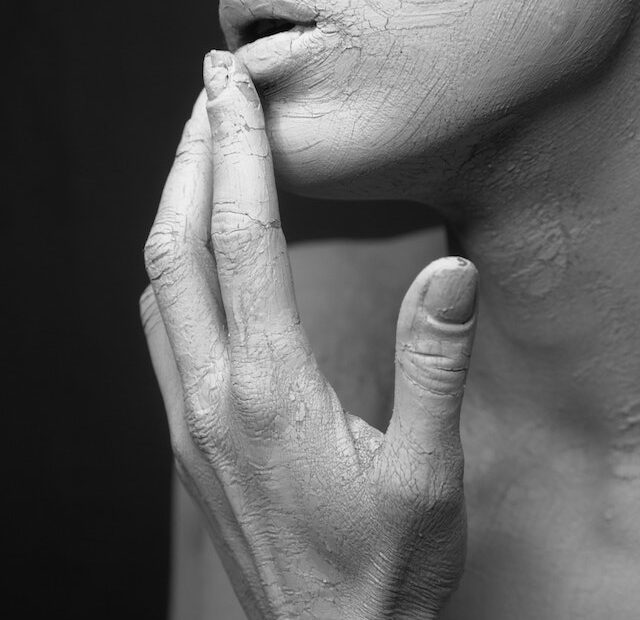We women are extremely possessive about appearances. Lustrous hair, olive smooth complexion, radiant eyes, elegantly oval finger nails and proportionately puffy lips. Guess which is the one single component in our body which is common and critical to all our external appearance – it is protein!!!
We have a complex protein cycle. First we digest protein from our food and break it down into amino acids. After that various amino acids rebuild again to form muscles and tissues which further structure the body. Tissue forming is a hard and complex process in our body but at this point of time you need to remember just one important thing – IT IS NOT JUST ABOUT THE PROTEIN YOU EAT. In this article we shall look at the other thing.
Which food has the right protein?
While researching about food just remember one point, there are good and bad quality proteins and also only few types of food have the complete amino acid profile. But more important than protein are the hormones which control protein synthesis. Let us understand them.
Let’s begin with the skin
Literally the interface to the outside world, skin is something you need to take care of from day one. Skin is an important immune defence mechanism as it holds off all those invading germs, bacteria, pollution and toxins from entering your body. On an average skin is replaced every 35 days but it does not peel off as a whole but in tiny bits as dead skin.
Skin need to be soft, supple, firm and just the right amount of muscle and fat. Skin damage can cause serious problems with appearance like loose or flabby skin and sagging breasts. Sometimes it is the direct damage to the skin which the repair mechanism cannot keep up. Other times it is certain foods which interfere with the process of protein synthesis, the number one cause being alcohol consumption. Here is the complete list.
- Exposure to harsh sunlight
- Pollution
- Smoking
- Pregnancy
- Drinking
- Stress
Understanding the skin proteins
80% of your skin is made of a protein called collagen. Together with another protein, elastin, it is responsible to repair and restore new skin and provide flexibility and firmness to your skin. Elastin is highly flexible while collagen is rigid. Collagen products slows down with age. Also external factors listed above will interfere with collagen. Dehydration can also cause short term problems. But there is another issue lurking which has to be understood fully before we move to the hormones.
Effect of stress on skin protein
Stress is a natural response generated by the body against an external threat. Sympathetic nervous system triggers the release of cortisol which heightens alertness and increases your energy levels by releasing emergency supply of glucose, increasing your heartbeat to pump more oxygen to the muscles and also elevates your breathing. If you are constantly under stress, it now becomes chronic stress. In such a case, the body starts dissolving proteins to convert them into glucose. The body is forced to do that because it has to provide a dose of glucose under stress. In the old days such a stressful situation was only once a day but modern living means you are living a stressed life every minute of the day.
Chronic stress starts converting proteins into glucose slowly tapping into your precious collagen stores. Remember, the skin is the largest organ of the body and it has the largest protein requirement too.
The other body parts which start getting affected due to stress and cortisol are nails, hair, and so on.

Counter hormone to cortisol
If cortisol hormone is the one to cause damage to skin due to stress, then you should start by exploring the hormone which counters cortisol. Our body always tries to maintain a hormonal balance called homeostasis. That is the way we are designed.
Cortisol is a catabolic hormone which breaks down skin protein and the opposite of that is growth hormone which is an anabolic hormone which helps build up tissues and muscles. Upto the age of 18 our body manufactures large quantities of growth hormones but the production slows down to a trickle. There are just two ways to increase the production of growth hormone in our body, HIIT exercise and prolonged fasting.
About prolonged fasting
There is a rise in the production of growth hormones at around 20th or 22nd hour of fasting. But there is a 2000% increase in production at 28th hour of fasting. We Indians living in cities have forgotten about Ekadashi Vrat which people in rural areas still observe. Some of us have even managed to modify the fasting rules by stuffing ourselves with fruits and vegetables throughout the day while we should only be having water for the 24 hours fasting cycle. Some people extend the fast to 36 hours once in 15 days.
You shall seldom see a person who is fasting regularly but looking stressed or beyond their age. This is also evident in people who switch to fasting or keto diet or low carb low sugar meals suddenly start looking fitter and younger.
HIIT
High intensity interval training has become a craze in gyms. Why? – because it is giving visible results in the form of weight loss and youthful appearance. HIIT does not make you burn calories but increases the production of growth hormones which balance out cortisol hormone thereby reducing or negating the effects of stress. That is another reason why this type of exercise makes people happy. Ofcourse you need to remember that HIIT is an exercise technique which shows results only if it is done correctly.

Conclusion
We are women entrepreneurs fighting on all fronts which is why we have to take extra care and precaution for our appearance beginning with skin. There is always a smart way for us and that is to take care of the hormonal balance rather than creams and medication.
